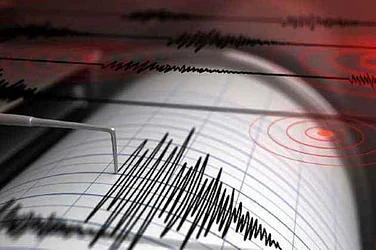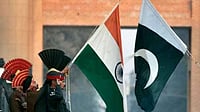Singapore Airlines has changed its seat belt rules and altered at least one flight route after a turbulence incident this week killed one person and left dozens more hospitalised.
On Tuesday, Flight SQ321 from London to Singapore encountered severe turbulence, forcing the plane to make an emergency landing in Bangkok. One man died, and 46 passengers and two crew members were taken to hospital with serious injuries, including spinal cord damage and head injuries.
RELATED ARTICLES:
Passengers described the terrifying experience of being slammed into the ceiling and thrown around the cabin when the turbulence hit. Those who were not wearing seatbelts were thrown into the air, hitting the aircraft's ceiling before falling back down.
In response to the incident, Singapore Airlines has announced that it will be suspending meal services and requiring cabin crew to wear seatbelts when the seatbelt sign is on.
The airline said in a statement: "In addition to the suspension of hot beverage service when the seatbelt sign is on, meal service will also be suspended. Crew members will also return to their seats and secure their seatbelts when the seatbelt sign is on."
The airline has also changed its flight route to avoid flying over the region of Myanmar where the turbulence occurred, instead flying over the Bay of Bengal.
Singapore Airlines CEO, Goh Choon Phong, has pledged full cooperation with the ongoing investigation and has visited those in the hospital to offer his support.
Forty-six passengers and two crew members, including citizens of the United Kingdom, Australia, Malaysia, and the Philippines, were being treated in hospital in Bangkok as of late Thursday.
Singapore Airlines has had seven accidents in its history, according to the Aviation Safety Network, a database that provides information on airline safety issues and accidents. The last time a Singapore Airlines accident resulted in fatalities was in October 2000, when a plane crashed on a closed runway during take-off at Taoyuan International Airport in Taiwan, killing 83 of the 179 people on board.



























